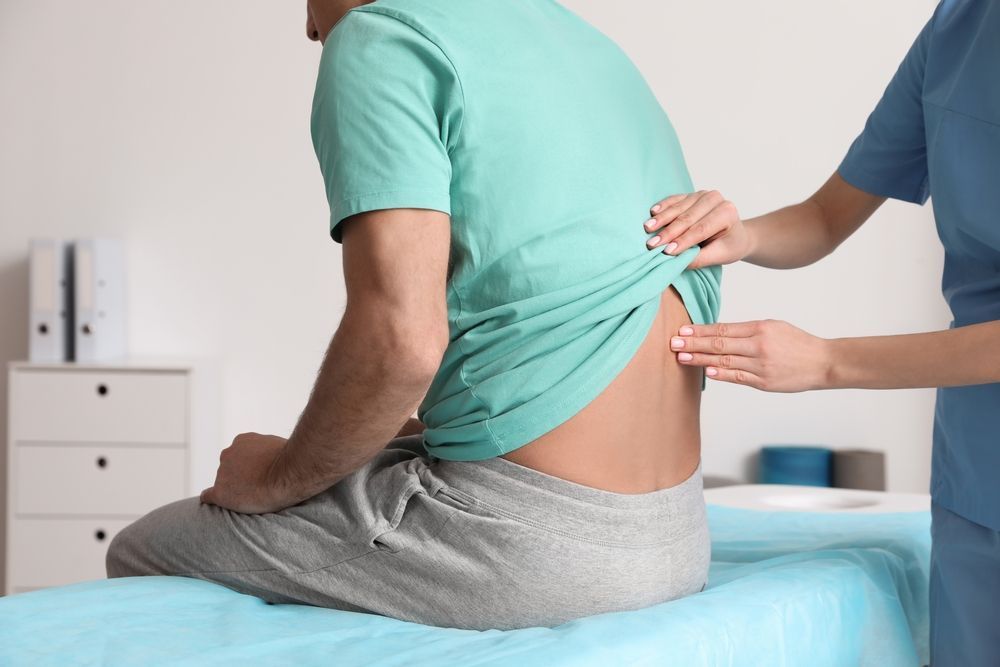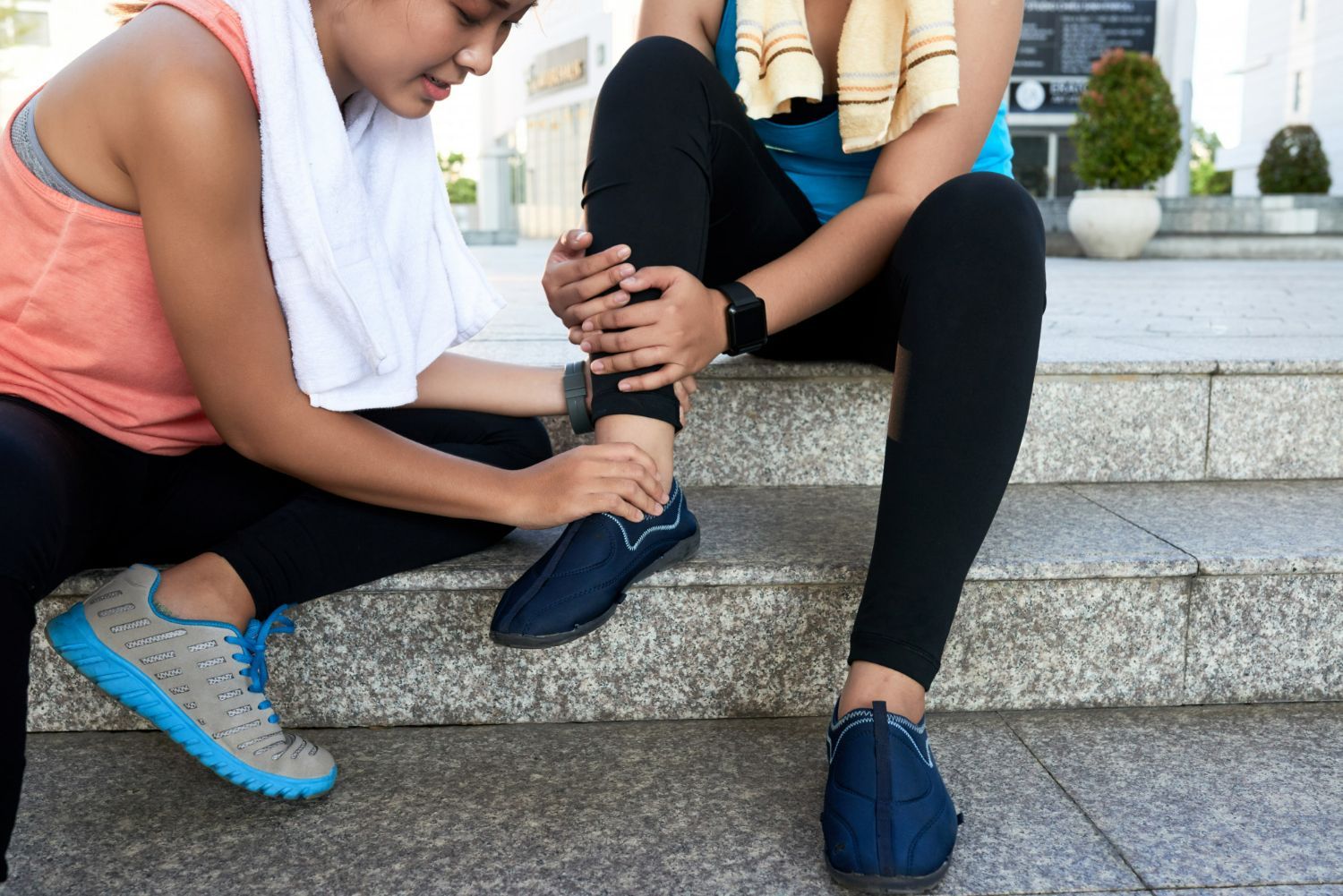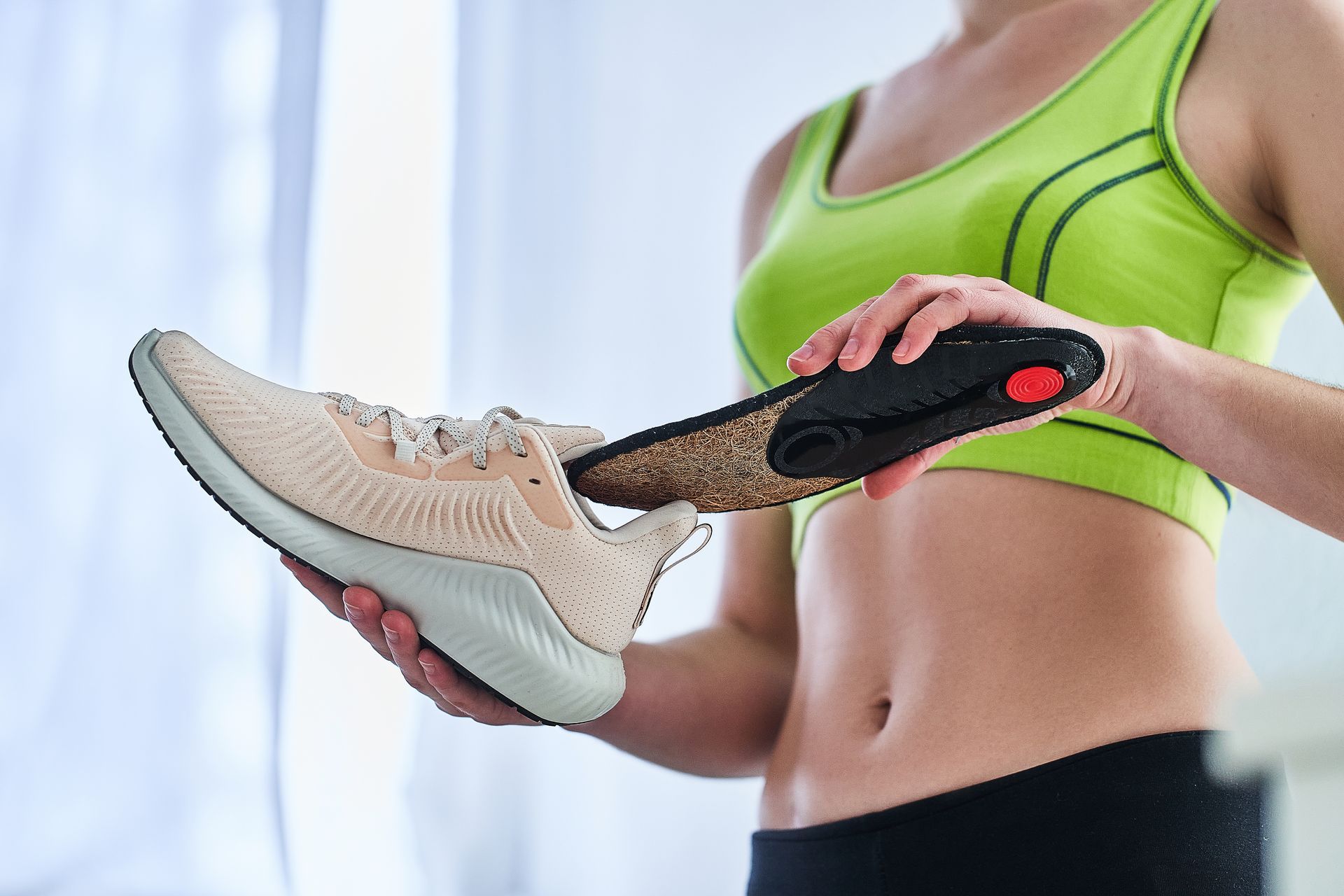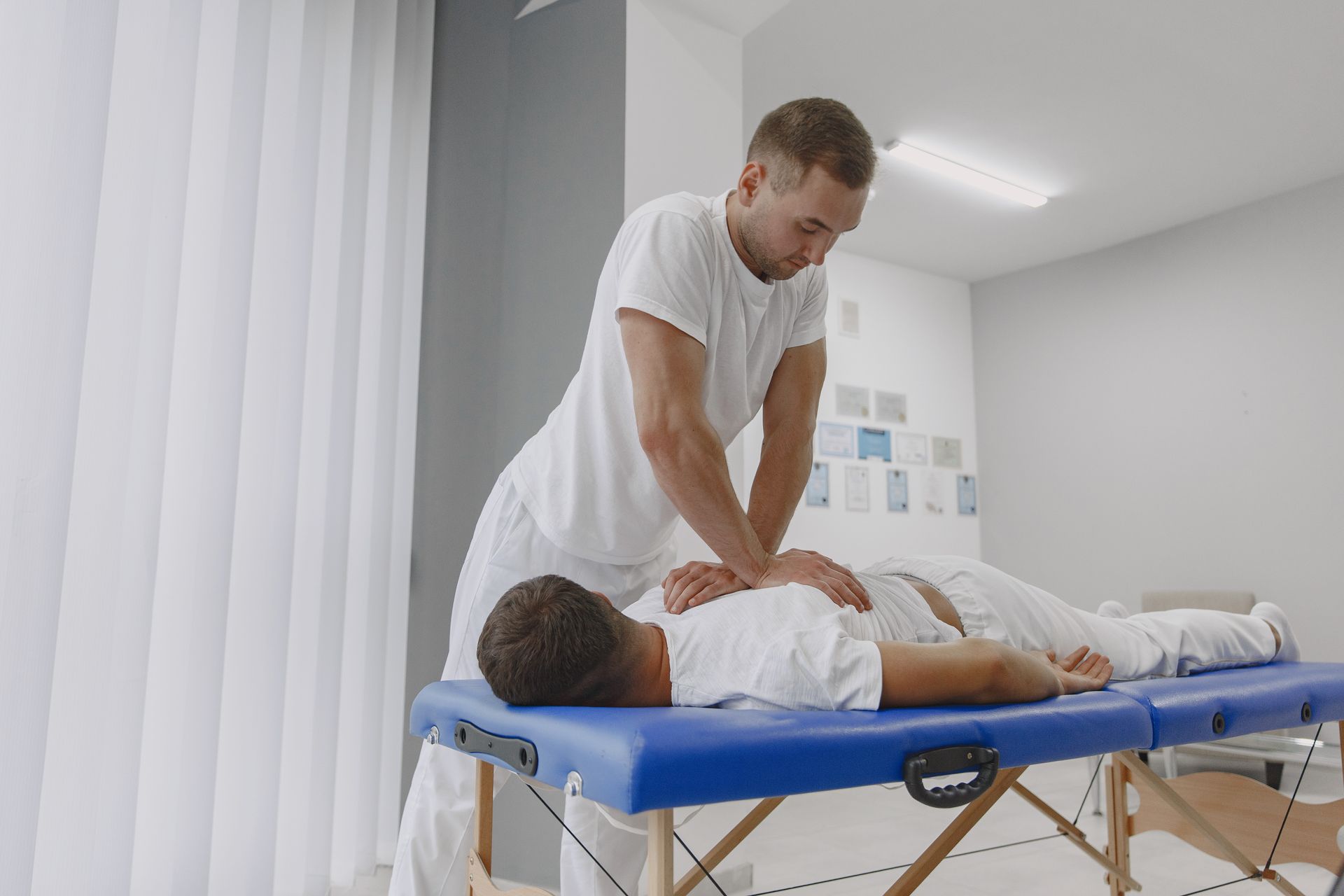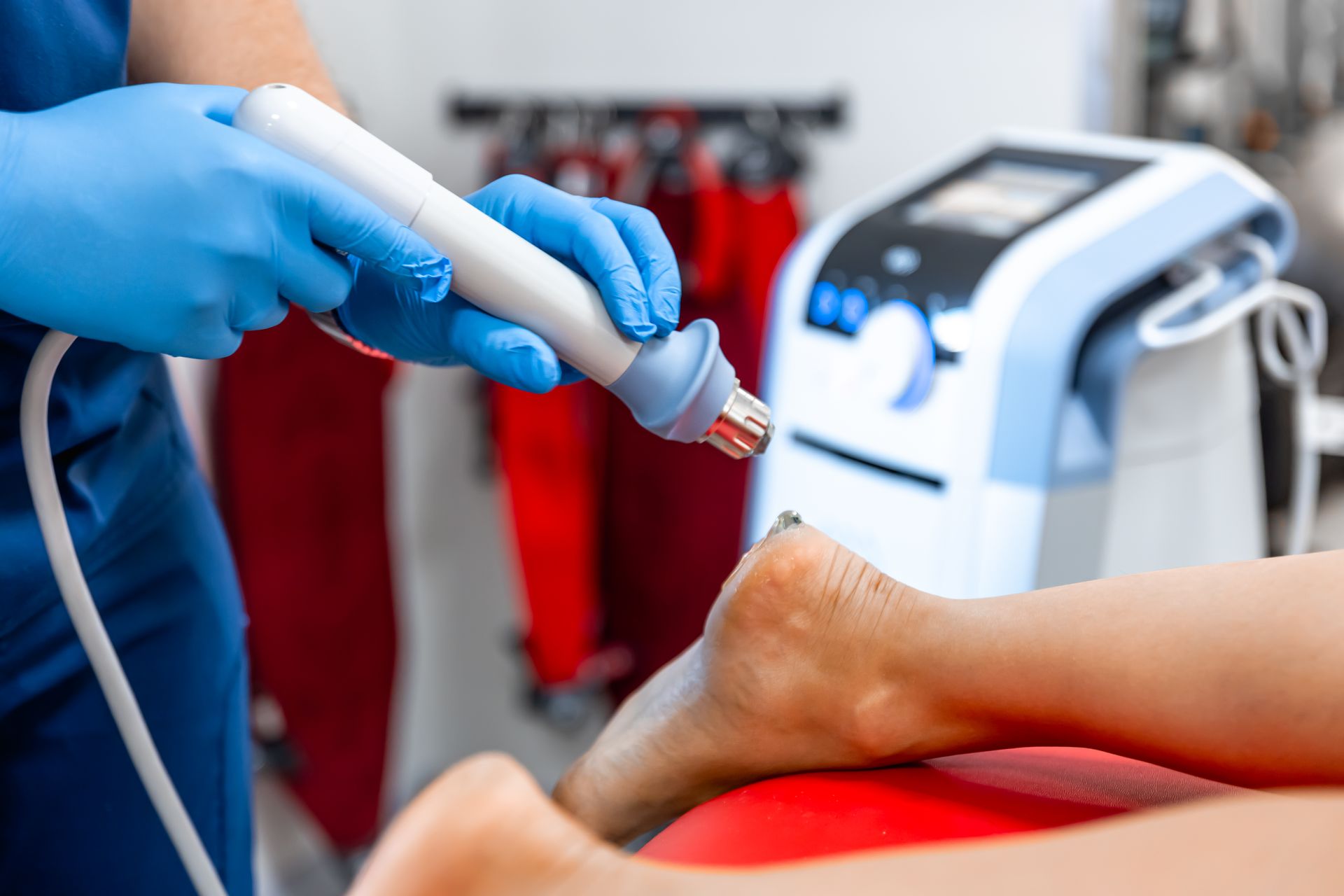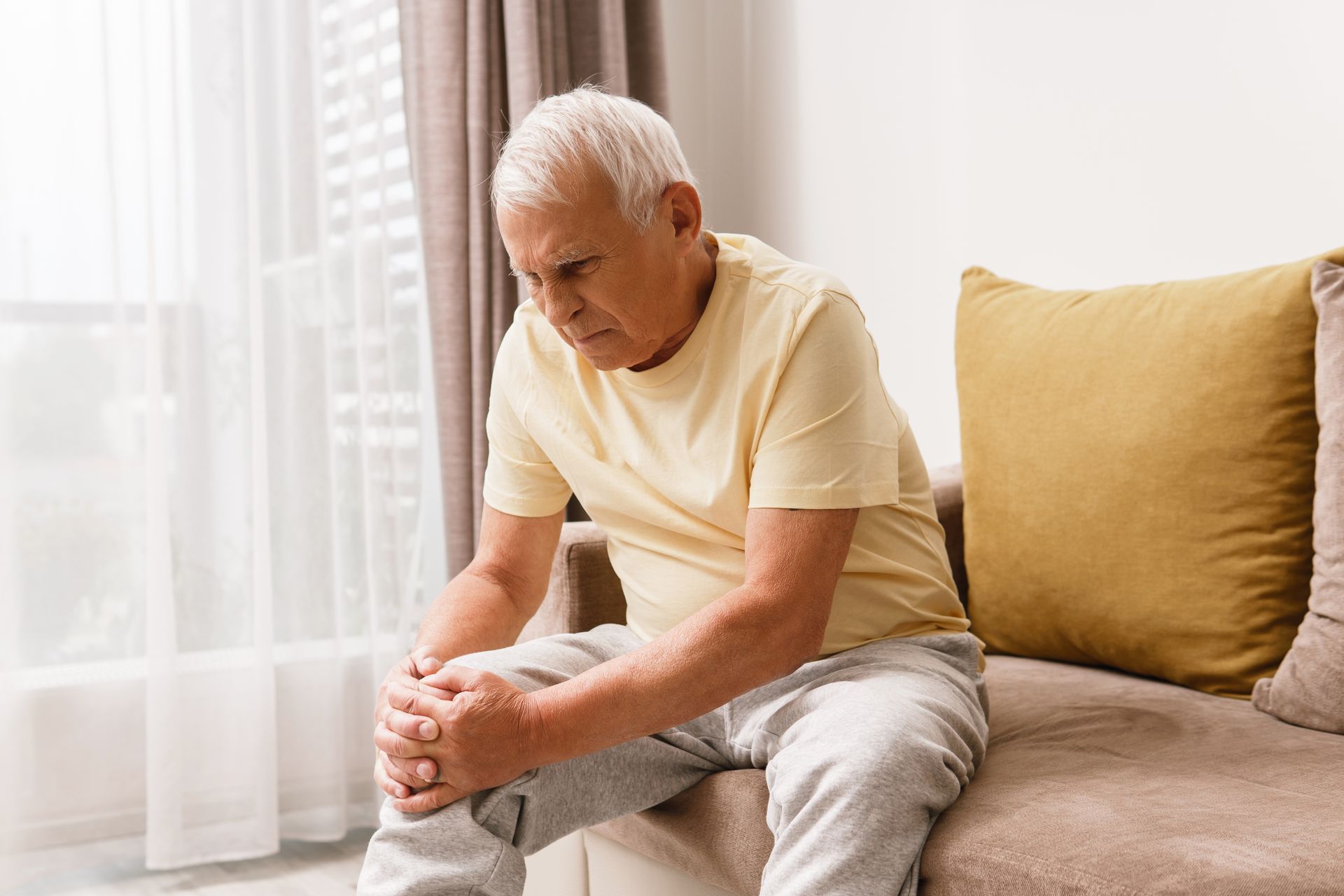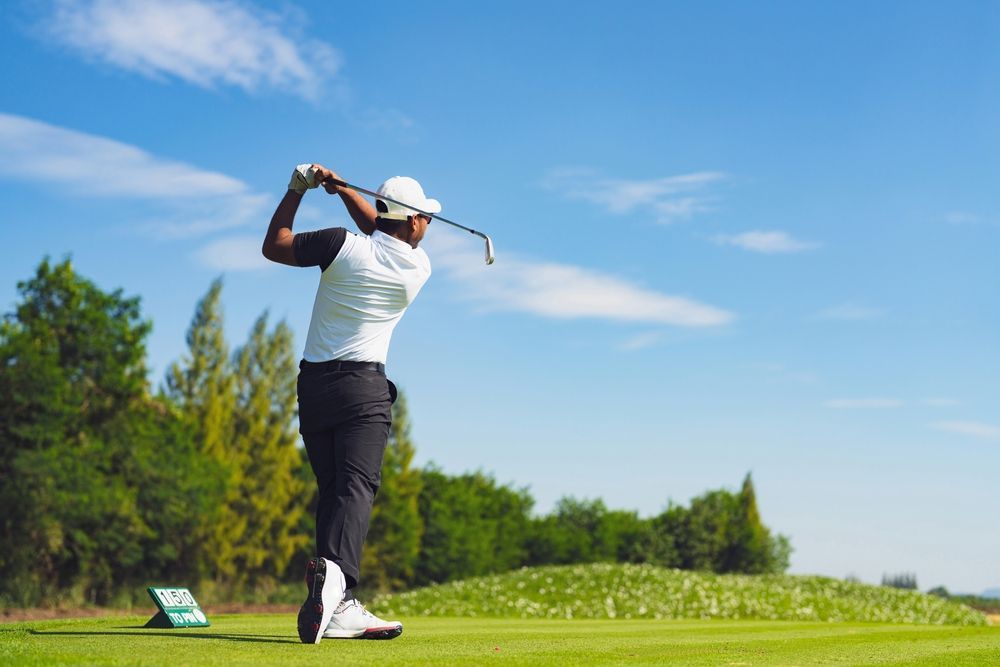Prevent Common Winter Injuries With These Helpful Tips From a Physiotherapist
During the winter, physiotherapists see a lot of clients with snow and cold-related injuries. Sprained muscles and strained ligaments go up as the temperature goes down. Cold weather puts increased demands on the body, and even performing simple activities can become hazardous in icy conditions.
Physiotherapists have a comprehensive understanding of injury prevention and what the body needs during the winter months.
In this article, you’ll get helpful tips from a physiotherapist on avoiding common winter injuries.
Tip 1: Stay Warm
While it’s important to stay active during the winter, your body needs to be prepared to deal with cold temperatures. When it’s frigid, your body works harder to produce heat and keep the blood flowing. The cold weather also makes muscles contract and diminishes the range of motion in the joints, putting you at risk for muscle strains and tears.
Before you head outside, warm up your muscles by doing some light exercises such as stretching, yoga, or low-intensity cardio to help avoid injury.
Once your body is warm, make sure it retains heat by wearing the appropriate clothing. Dressing in layers on cold days is less constraining for better blood circulation, which helps maintain body temperature. Layering clothes also insulates better because it makes space between the skin and the cold air.
Tip 2: Proper Shoveling Techniques
Back injury , wrist pain , pulled muscles, and shoulder pain are common injuries associated with snow shoveling.
Do some warm-up exercises for a few minutes before you start, such as stretching the muscles in your arms, legs, shoulders, and back, walking, jumping jacks, or running on the spot.
Use a lightweight, pusher-type shovel to push rather than throw heavy snow using awkward twisting or turning movements. Start shoveling at a slow pace to prevent putting sudden stress on your heart. Keep your back straight, bend with your knees, and use your arms and legs to do the pushing and lifting.
Take frequent breaks. If you start to feel tired, stop and rest. Walk around to increase blood circulation in your body if you get cold. If you feel any pain or have difficulty breathing, stop shoveling. If you experience severe back or shoulder pain that persists for more than a day, make an appointment with a physiotherapist to get the appropriate treatment.
Tip 3: Best Practices to Prevent Slips and Falls
Unfortunately, broken bones and painful bumps and bruises from slipping and falling on ice and snow are common winter occurrences.
One of the easiest ways to ensure injury prevention is to wear winter boots with a good tread even if you’re only walking a short distance. This will not only keep your feet warm and dry, but will give you traction to prevent falls.
Walk with caution and test surfaces to determine if they’re slippery. Avoid walking quickly or running on walkways covered in snow. Try to wear gloves instead of walking with your hands in your pockets. Having your hands free enables you to better keep your balance, and if you do slip on an icy surface, they can help break your fall.
Avoid shortcuts and uneven paths and stick to walking only in designated areas cleared of ice and snow. If you walk when it’s dark, the risk of tripping or falling is even worse in the winter. Try to avoid being out at night, especially if it’s snowing. When visibility is reduced, stay in well-lit areas and carry a flashlight.
Contact Us
The Tread Well clinic in Burlington can help keep you pain-free, whether you have sustained an injury or are dealing with chronic pain. We believe in education, early intervention, and preventative care to keep you moving and as healthy as possible.
For more information, call 289-337-1657, email reception@treadwell.ca , or book an appointment online .
The post Prevent Common Winter Injuries With These Helpful Tips From a Physiotherapist appeared first on Tread Well .

